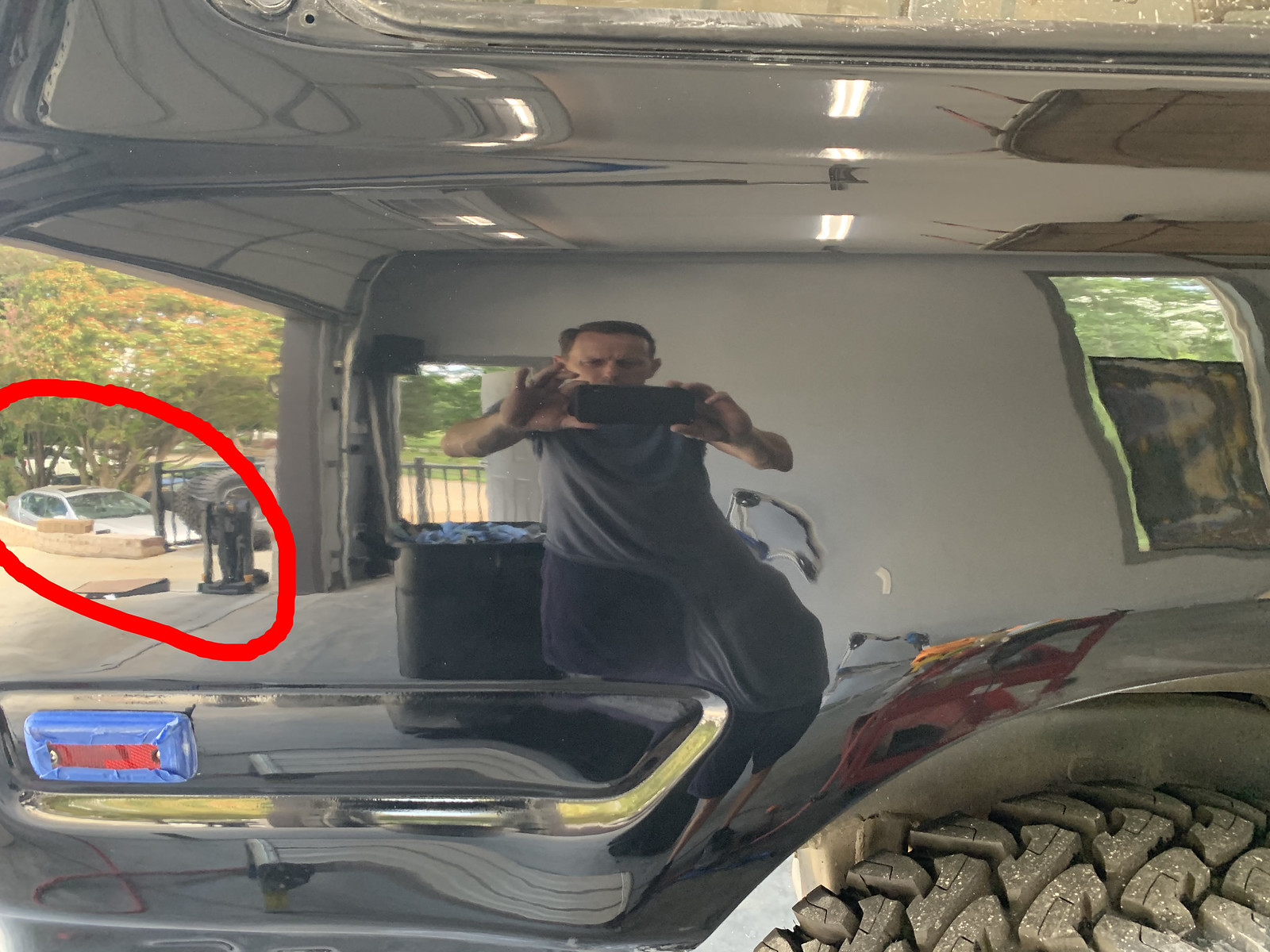Friends -
I have just finished an extensive respray detailed here: Painting Thread. Short version is it was done in epoxy primer, high build, then sealed, base and two coats of clear (PPG Shopline products). I have a fair amount of nibs and orange peel. Guy at the paint store suggested I do a dry sand with 2K grit and wet with 3K then compound and polish. It sat for 10 days before I started any sort of work on correcting issues so it was cured enough to cut and buff. I've tried a few spots and it looks awful. I can't get the scratches out with a couple of rounds of Megs 105 and 205.
My process was a DA with an interface pad, 2K discs, wet, lowest setting on the DA, light touch and for not very long. (maybe 30 seconds in a 12" x 12" section. This created a pretty matte finish. Then switched to 3K wet, same speed, double the time. I would have expected this to create a dull but reflective finish but it appeared as matte as the 2K. Then on to Megs 105 on orange medium cutting pad x 2 then Megs 205 on white pad x 2. Below are some pics - what am I doing wrong and, more importanly, can I fix it without a reclear?
Before sanding - glossy but wavy:

After the above process:

I have just finished an extensive respray detailed here: Painting Thread. Short version is it was done in epoxy primer, high build, then sealed, base and two coats of clear (PPG Shopline products). I have a fair amount of nibs and orange peel. Guy at the paint store suggested I do a dry sand with 2K grit and wet with 3K then compound and polish. It sat for 10 days before I started any sort of work on correcting issues so it was cured enough to cut and buff. I've tried a few spots and it looks awful. I can't get the scratches out with a couple of rounds of Megs 105 and 205.
My process was a DA with an interface pad, 2K discs, wet, lowest setting on the DA, light touch and for not very long. (maybe 30 seconds in a 12" x 12" section. This created a pretty matte finish. Then switched to 3K wet, same speed, double the time. I would have expected this to create a dull but reflective finish but it appeared as matte as the 2K. Then on to Megs 105 on orange medium cutting pad x 2 then Megs 205 on white pad x 2. Below are some pics - what am I doing wrong and, more importanly, can I fix it without a reclear?
Before sanding - glossy but wavy:

After the above process:

Last edited:





